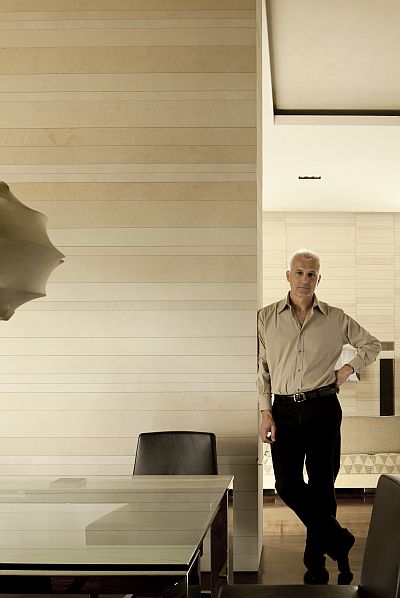
In Part II our our interview with the award-winning designer Mauro Lipparini we talk cultural influences, diversity and design challenges. He also tells us about his favourite best-selling furniture for Bonaldo. Oh, and along the way we squeezed him for his favourite artists, music and cities!
GM: You have been designing for Bonaldo since 2005. Hard to choose, we know, but if you could pick your top three designs for Bonaldo in that time, which would they be and why?
ML: The Tetrà sofa, for its compositional freedom and innovative asymmetries.
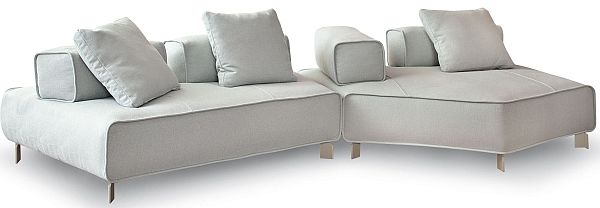
The Tip Toe chair, for the ‘anatomical’ modelling of its leather covering and sculptural approach to comfort.
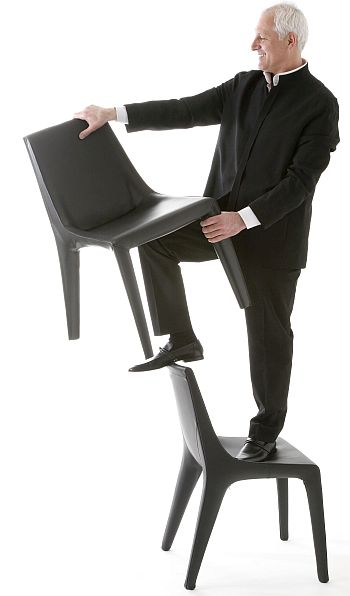
And the Prora table, for its playfully surprising legs and their bracing contrast with the serenity of the top.
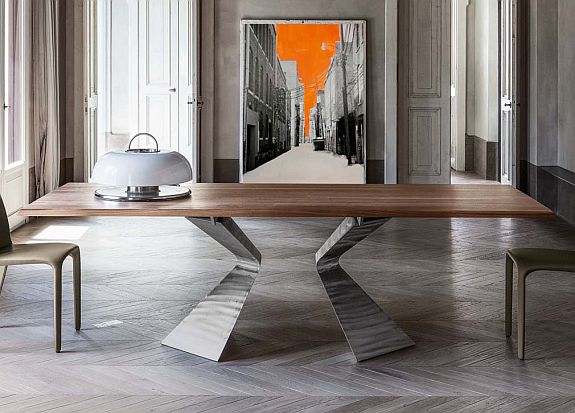
GM: You work a lot with Japanese companies. Do you feel that the fusion of cultural heritage in design is something that is growing?
ML: Japan and its culture are such an intrinsic part of my aesthetics it sometimes feels as if this is where my deepest roots are planted. Japanese culture influences every aspect of my sense of design. Japan is the wellspring of the most intimate dimensions of my sensibility, an inescapable part of who I am and how I express myself.
Our need for design stems from our desire to illustrate who we are, to proudly display our distinct cultural heritages
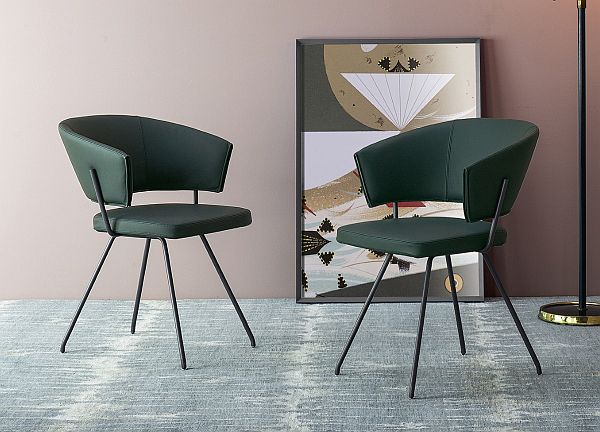
GM: Do you think there will ever be a time when cultural differences in design are so blurred that the differences no longer exist?
ML: Fundamentally, design represents our individual personalities. It is a product of what we think we need, based on ‘market research’. For the consumer, that consists of wading through what the market has to offer them, season after season.
Our need for design stems from our desire to illustrate who we are. To proudly display our distinct cultural heritages, and to interact with our homes in ways that feel personal and genuine. Historically, the expression of cultural diversity has been the natural, the inevitable outcome of how humans choose to live and interrelate.
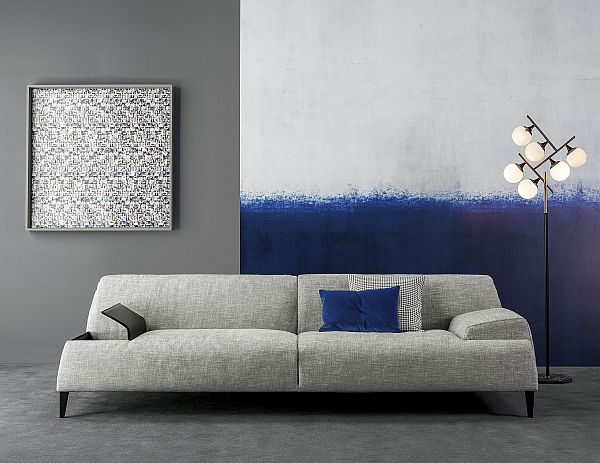
Yes, the possibility that implacable globalization will eventually homogenize all of earth’s glorious kaleidoscope of cultures into a planetwide monocultural blob must be acknowledged. However, I remain optimistic that will not come to pass.
Indeed, the homogeneity of the global market, the dearth of meaningful choice among mass-distributed consumer goods, ironically energizes a pro-diversity resistance. It reminds people of the value of their own cultural birth rights.
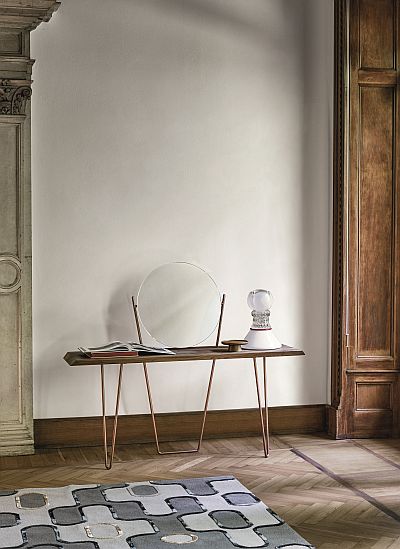
The energy of diversity
Homogenization is a process that naturally occurs within groups; groups, most certainly including entire cultures, inherently want to be different from one another. And whether the distinguishing factors in question are language, clothing, cuisine, or the classically celebrated manifestations of culture – art, literature, music – time and again we witness counter-cultural and grassroots movements (e.g., slow food, hip hop) that cultivate changes on a local level. This resonate on an international, worldwide scale.
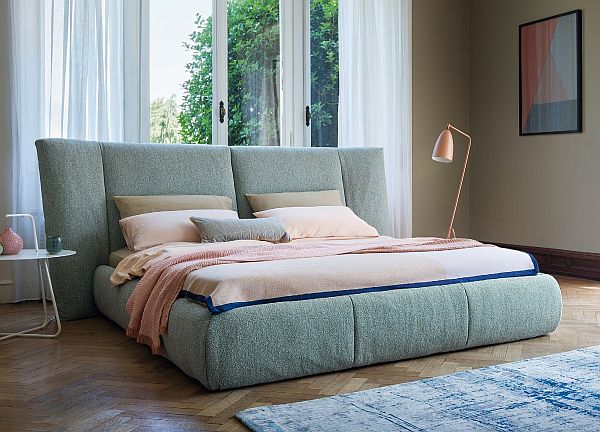
The pressure to globalize is powerful, to be sure, but diversity has an energy of its own. And it can draw strength from history, as well. In our industry, we have been seeing greater attention and commitment to time-honoured modes of craftsmanship and the myriad of different cultural heritages that concept embraces.
Design challenges
GM: What do you feel are the greatest challenges for design in any field at the moment (apart from the worldwide pandemic!)?
ML: Well, let’s start with the pandemic. As with any major crisis, it has compelled us to question our belief systems. At a practical level, while at home, we have had to take a good, hard look at our domestic consumer goods, furniture not least, and question what we as residents and our homes truly need. The crisis itself has provided part of the answer, encouraging us to pare things down to the essential and the durable.
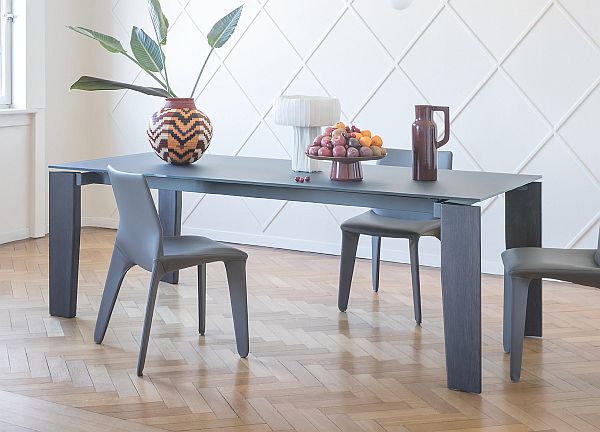
Flexible furniture
Meanwhile, I have observed two concepts – ‘flexibility’ and ‘uniqueness’ – take on new meaning in recent years. I believe they are what our habitats will call for, more and more. People are increasingly looking for flexible furniture that can be adapted to different uses. Unique pieces that have a clear aesthetic and a distinct functional role (or roles) in the home: in other words, real purpose.
At the same time, relentless technological advances, amplified by the effects of the pandemic, increasingly threaten to turn our homes into online, incorporeal spaces. A central challenge is thus a creative one. Finding the courage to break from the canons on which the history of design was founded, yet without ever losing sight of our embodied humanness despite the endless temptations to supplant this or that aspect of it with technology.
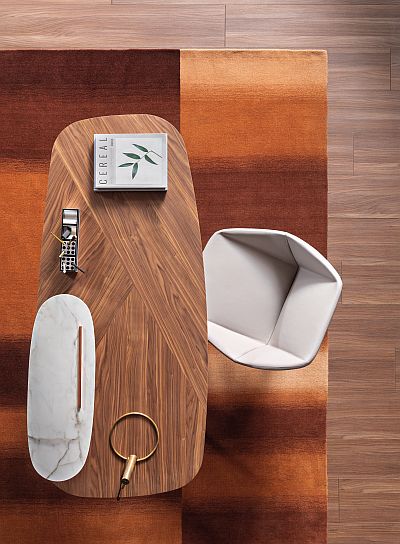
Scholar and author Amin Maalouf has written compellingly about the transformations produced by the recent waves of technological breakthroughs. He proposed a concept that ‘reflects the pace of change today: instantaneity. For, as so many examples show us every day, all world events now unfold in real time before the eyes of the whole of humanity.’
Given the repeated upheavals and persistent instability we all experience due to instantaneity, it is more important than ever that our homes be places of real meaning and of refuge. In this sense, the greatest challenge designers face is the same as that faced by all of humanity: how to create and sustain a world that serves the human sense of time and space and pace, rather than the technological.
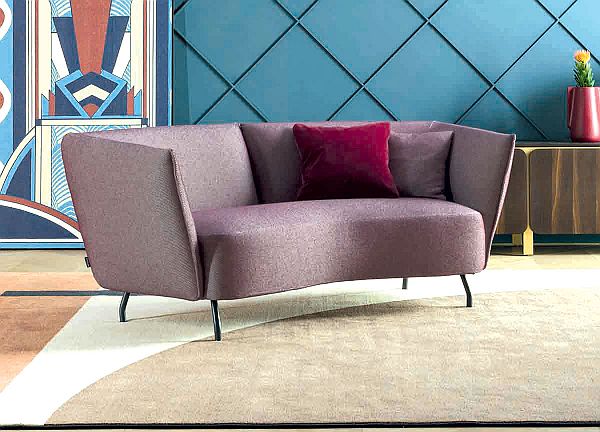
Quick fire
GM: A few rapid-fire questions if we may. When you have any free time, how do you best like to spend it?
ML: In striking contrast: immersed in the stillness of nature, having reached the countryside at astronomical speeds in my Ferrari!
GM: Your favourite city (apart from Florence!)?
ML: Tokyo and New York City. Two strikingly different worlds – I love them both.
GM: Favourite artist?
ML: Rothko, Newman, Judd (not necessarily in that order).
GM: Favourite kind of music?
ML: Again, a striking contrast: monophonic Western plainchant and progressive rock.
GM: If you could go back to a particular period in time as an architect/designer, when would that be and why?
ML: The 1950s and the experimental period of residential architecture, primarily in Southern California, as exemplified by the Case Study Houses. These boundless, airy, multifunctional living spaces are easily adaptable to any type of lifestyle or occasion (exactly what we need in a crisis like the present one). Here is the quintessence of domestic architecture as a blending of art, landscape, and human comfort.
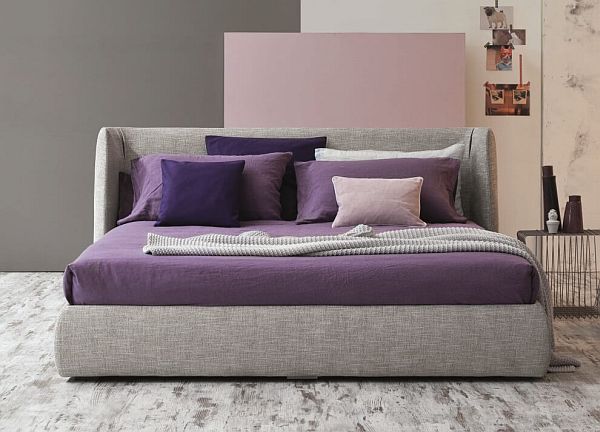
Forward thinking
GM: What can we look forward to from Studio Lipparini over the next year?
ML: Stylistically, you will see in all of our disciplines, from architecture to interior and industrial design, a certain light-heartedness. Not indulging in the shallow and superfluous, but involving a liberation from restrictive design dogmas and thought processes. You will witness an opening up of new horizons and perspectives, more open and multifunctional environments that manifestly improve our quality of life.
Millions of people around the world have come to realize – many of them largely as a consequence of the pandemic – that what is truly important is to fill our homes not with things, but with purpose and meaning.

